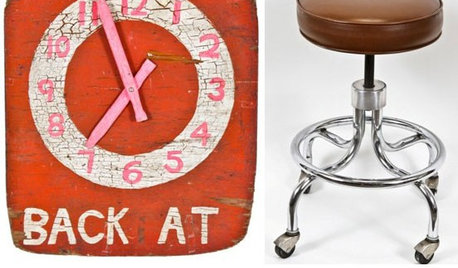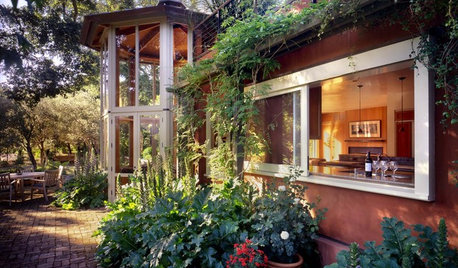Cuttlebone in bio-filter?
gemini_jim
13 years ago
Related Stories

ARCHITECTUREInnovative Screens Add Architectural Wonder on 3 Modern Homes
Aiding privacy and filtering sunlight may have been important, but these screens offer dazzling visuals as part of the package
Full Story
LANDSCAPE DESIGNNatural Swimming Pools: More Beauty, No Chemicals
Keep your skin and the environment healthy with a pool that cleans itself, naturally
Full Story
DECORATING GUIDES7 More Places to Get Your Vintage Fix
Continue Your Treasure Hunt with These Nicely Curated Online Shops
Full Story
HEALTHY HOMEA Guide to Indoor Air Purifiers
Get the lowdown on air filtration systems for your house and the important ratings to look out for
Full Story
LANDSCAPE DESIGNKoi Find Friendly Shores in Any Garden Style
A pond full of colorful koi can be a delightful addition to just about any landscape or garden
Full Story
MOST POPULARWhat Is a Living Building?
Part philosophy, part advocacy, the Living Building Challenge is pushing designers and homeowners to rethink how we live
Full Story
LIFE7 Things to Do Before You Move Into a New House
Get life in a new house off to a great start with fresh paint and switch plates, new locks, a deep cleaning — and something on those windows
Full Story
DECORATING GUIDES10 Ways to Hide That Air Conditioner
Feeling boxed in designing around your mini-split air conditioner? Try one of these clever disguises and distractions
Full Story
LANDSCAPE DESIGNHow to Move Water Through Your Landscape
Swales, underground pipes or a mix of both: There’s more than one way to distribute water in the garden
Full Story
HEALTHY HOME6 Tips From a Nearly Zero-Waste Home
Lower your trash output and increase your quality of life with these ideas from a mom who did it to the max
Full Story






sleeplessinftwayne
penfold2
Related Professionals
Canton Landscape Architects & Landscape Designers · Belmont Landscape Architects & Landscape Designers · Kenmore Landscape Architects & Landscape Designers · Sahuarita Landscape Architects & Landscape Designers · Bergenfield Landscape Contractors · Choctaw Landscape Contractors · Gaithersburg Landscape Contractors · Lewisville Landscape Contractors · New Cassel Landscape Contractors · Paramus Landscape Contractors · Reedley Landscape Contractors · Vacaville Landscape Contractors · Vancouver Landscape Contractors · Welby Landscape Contractors · Pike Creek Valley Gardeners & Lawn Caresleeplessinftwayne
penfold2
sleeplessinftwayne
gemini_jimOriginal Author